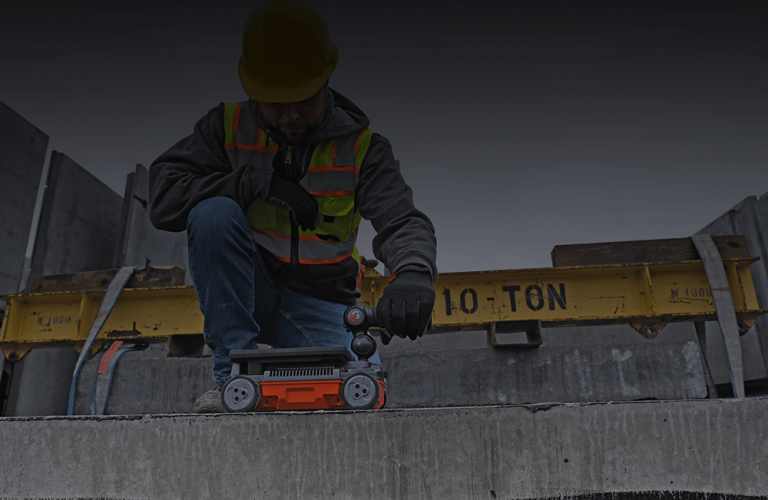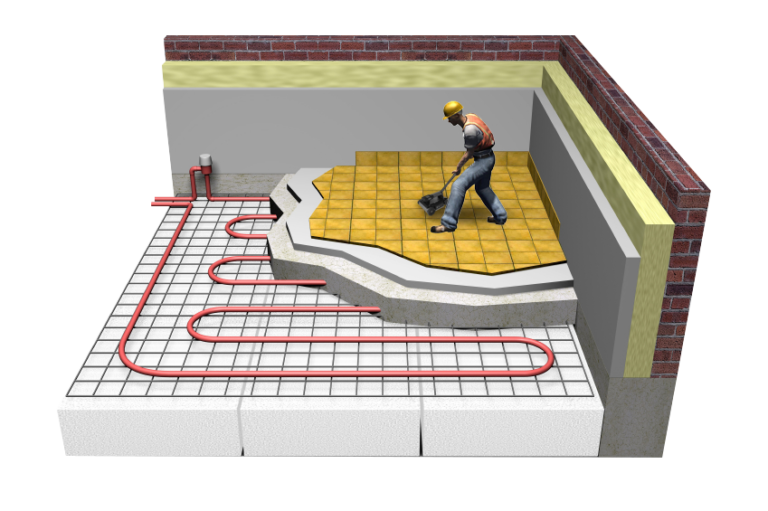RainierGPR Concrete Scanning: Ingenious Solutions for Complex Projects
The Significance of Specific Concrete Scanning in Detecting Underground Hazards
In the world of building and construction and infrastructure growth, the value of specific concrete scanning can not be overstated. Underneath the apparently strong ground lie elaborate networks of energies, pipelines, and other subsurface structures that are commonly unseen to the nude eye. The capacity to precisely find and map these below ground dangers is not simply an issue of benefit yet a critical element of making sure the safety and security of both building workers and the integrity of the job itself. By releasing advanced scanning modern technologies and methodologies, specialists can reveal surprise threats, prevent costly damages, and inevitably lead the way for smoother and safer building and construction undertakings.
Advanced Scanning Technologies for Discovery
Sophisticated radar systems are reinventing the field of underground discovery by offering exceptional precision and effectiveness. These sophisticated scanning technologies make use of ground-penetrating radar (GPR) to develop comprehensive photos of subsurface structures, providing understandings right into what lies beneath the surface with amazing clearness. By sending out high-frequency pulses into the ground and measuring the reflections, radar systems can recognize variations in product composition and spot below ground risks such as pipelines, gaps, and cords.
Among the vital benefits of these innovative radar systems is their non-invasive nature, enabling for extensive examinations without creating damages to the existing structures. This not only makes sure the security of the surrounding setting but additionally lessens the demand for costly repair work or interruptions to ongoing building jobs. In addition, the real-time data supplied by these scanning technologies enables quick decision-making and boosts general project effectiveness.
Significance of Subsurface Mapping

Exact subsurface mapping aids in protecting against expensive problems to existing underground infrastructure, reducing the risk of crashes, and maintaining project timelines. It enables project supervisors to make informed choices pertaining to website planning, devices deployment, and source allotment. Furthermore, subsurface mapping enables much better coordination amongst various teams working with a project and aids in abiding by regulative needs connected to underground energy detection.
Mitigating Dangers in Construction Tasks
Effective danger reduction techniques are essential for making certain the success and safety of construction tasks. Identifying and resolving potential risks prior to they escalate is vital in maintaining job timelines, budgets, and general quality. One crucial aspect of mitigating dangers in building and construction jobs is detailed planning and evaluation at the first stages. Conducting comprehensive website studies, including accurate concrete scanning for below additional info ground hazards, can assist in determining possible issues at an early stage. Making use of advanced technologies like ground-penetrating radar and electromagnetic induction can help in finding energies, rebar, or various other blockages that might position dangers throughout building and construction.
Additionally, developing clear interaction networks amongst all job stakeholders and ensuring rigorous adherence to safety protocols are essential elements of risk mitigation. By proactively carrying out durable risk reduction techniques, construction projects can lessen delays, cost overruns, and safety cases, ultimately leading to successful project outcomes.

Stopping Expensive Problems and Hold-ups
To minimize financial losses and job setbacks, effective techniques should be carried out to stop expensive damages and delays in construction projects. Recognizing these obstructions early on assists in preparing the project layout much more efficiently and preventing prospective damages throughout excavation.
In addition, spending in training programs for construction employees on the value of concrete scanning and safe excavation methods can considerably decrease the danger of mishaps and delays. Clear communication channels in between job managers, designers, and on-site employees are likewise important to make sure that everybody understands the possible threats and follows the essential procedures to stop pricey damages. By prioritizing aggressive procedures like concrete scanning and promoting a society of safety and recognition, building and construction jobs can decrease the monetary influence of unanticipated below ground obstructions and stay clear of costly hold-ups.
Ensuring Safety And Security of On-Site Worker
By prioritizing aggressive measures such as detailed training programs and clear communication networks, building tasks can guarantee the safety and security of on-site personnel amidst the potential hazards spotted via concrete scanning. Correct training gears up workers with the understanding and abilities required to browse construction sites securely, particularly when threats are identified through scanning processes. Training ought to cover hazard recognition, emergency treatments, and the correct application of personal safety tools to mitigate redirected here dangers successfully.
In addition, establishing clear interaction networks is critical for disseminating information regarding recognized hazards promptly. This guarantees that all on-site workers are mindful of potential risks and can take needed preventative measures to stay clear of mishaps. Normal safety briefings, toolbox talks, and regular updates regarding scanning results help maintain everyone informed and proactive in keeping a secure workplace.
Moreover, executing strict adherence to safety methods and policies, performing routine safety audits, and fostering a society of security consciousness among workers are essential parts in making sure the wellness of on-site personnel during construction tasks - RainierGPR Concrete Scanning. Positive precaution not only shield workers from injury yet likewise add to the total success and performance of the task
Final Thought
Making use of advanced scanning technologies and subsurface mapping assists minimize threats in building tasks, protecting against pricey problems and hold-ups. It is necessary for building business to prioritize the use of exact scanning techniques to reduce possible threats and ensure a smooth construction process.

By proactively carrying out robust threat reduction approaches, construction jobs can minimize hold-ups, cost overruns, and safety occurrences, inevitably leading to successful task results. - RainierGPR Concrete Scanning
To minimize monetary losses and project setbacks, effective approaches should be applied to stop costly problems and delays in building and construction jobs. By focusing on proactive procedures like concrete scanning and advertising a society of security and recognition, building tasks can decrease the monetary effect of unforeseen below ground blockages and avoid expensive hold-ups.
By focusing on proactive measures such see here now as extensive training programs and clear interaction networks, construction projects can guarantee the safety of on-site personnel amidst the possible threats spotted with concrete scanning. Making use of sophisticated scanning innovations and subsurface mapping aids minimize threats in construction tasks, preventing pricey problems and hold-ups.